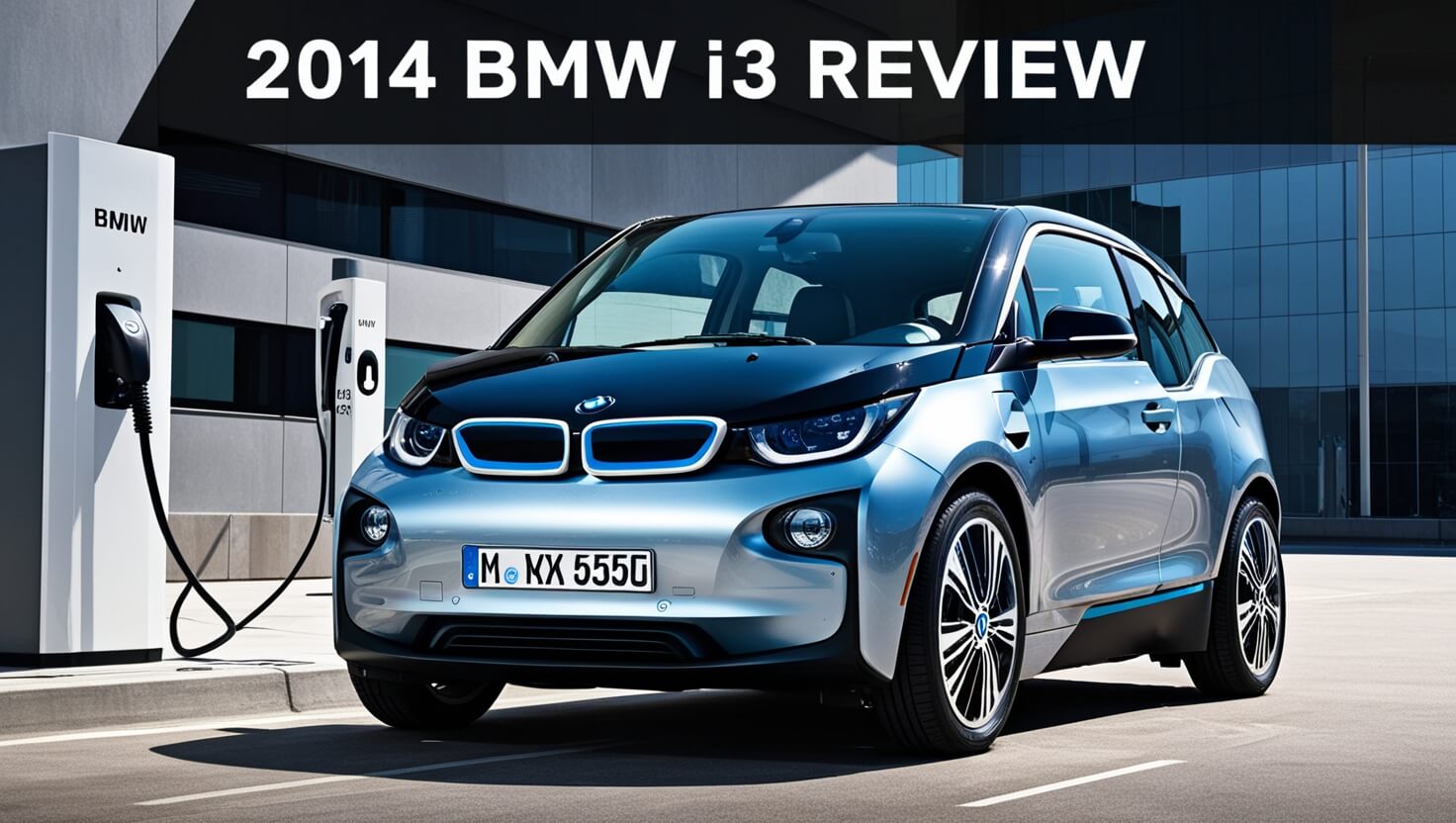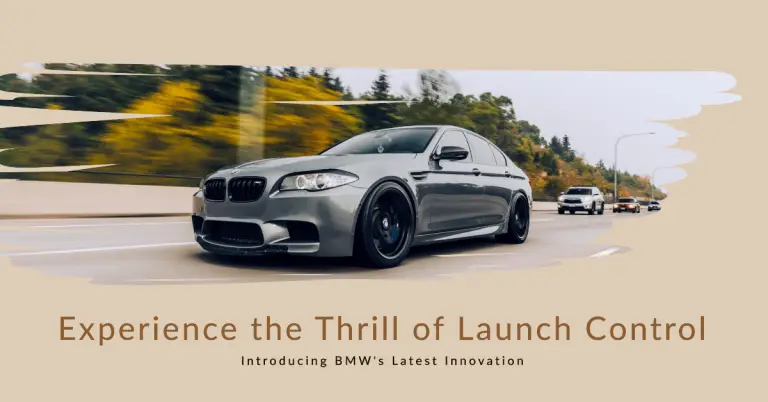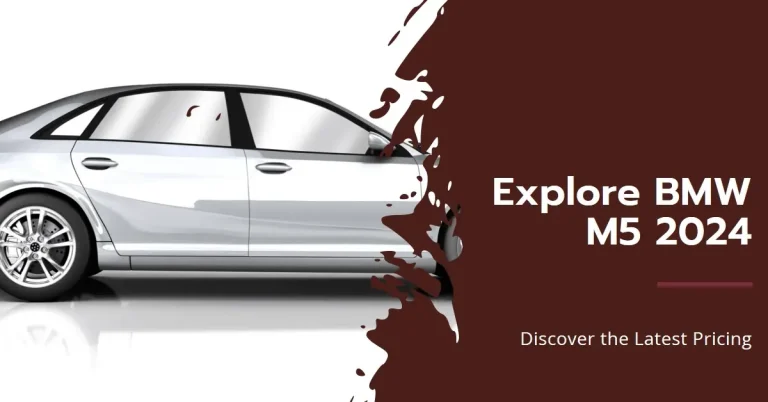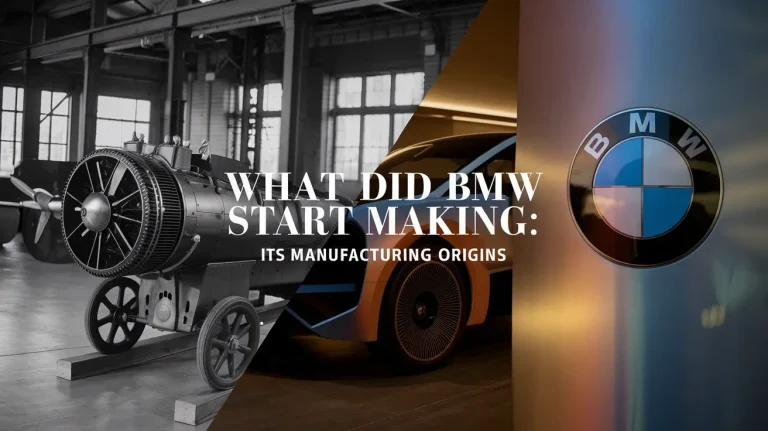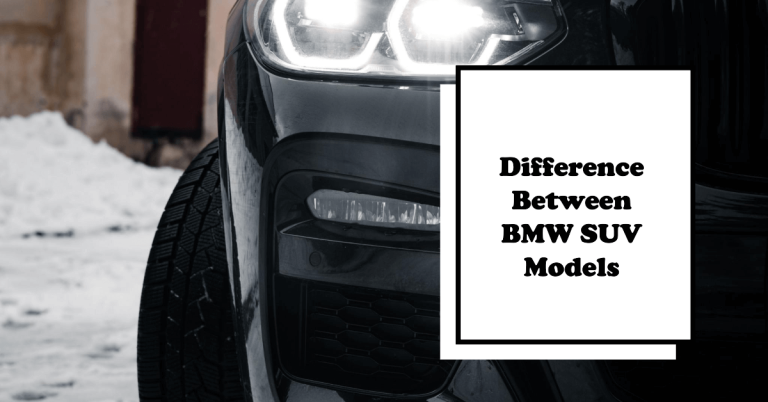2014 BMW i3 Review
Overview of the 2014 BMW i3
The 2014 BMW i3 marks BMW’s first foray into the electric vehicle (EV) market with a model designed from the ground up as an electric car. Available in all 50 states starting from the second quarter of 2014, the i3 combines innovative design, sustainable materials, and efficient performance, making it a notable contender in the small EV segment. Buyers can also take advantage of various federal, state, and local tax incentives, making the i3 a more attractive option.
Design and Exterior
The design of the 2014 BMW i3 is both futuristic and functional. It features BMW’s signature dual-kidney grilles, LED corona headlights, and distinctive rear suicide doors. The car’s lightweight construction utilizes carbon fiber reinforced plastic (CFRP), which not only reduces weight but also increases strength and rigidity. This design choice enhances both performance and efficiency.
The i3’s exterior is characterized by its quirky, upright look, reminiscent of the Honda Fit but with a sportier touch. The beltline cuts high and straight across the front door, dips lower across the narrow back window, and swoops back up into the rear quarter panel. The slightly curved roofline and tiny roof spoiler add a hint of sportiness to the otherwise unconventional shape.
Standard wheels are 19-inch forged aluminum, with different designs denoting various trim levels. The rear features LED tail lamps flanking a large, flat hatch, while the black liftgate and recessed rear bumper painted in body color complete the look.
Interior and Comfort
Inside, the 2014 BMW i3 offers a spacious and high-tech environment. The absence of a transmission tunnel, thanks to the electric powertrain, allows for an open and airy cabin. Sustainable materials are used throughout the interior, including eucalyptus wood for the dashboard, Kenaf plant fibers for panels, and naturally tanned leather seats using olive-leaf extract.
The minimalist design features a floating-style display screen front and center, with a clean and uncluttered center stack. The gear shifter and start/stop button are mounted on the steering column, freeing up space on the center console. This thoughtful design makes the interior feel modern and futuristic.
Comfortable seating is provided for both front and rear passengers, with rear suicide doors making entry and exit easier. While the rear seats are adequate for average-sized adults, the cargo space is somewhat limited with the seats up. However, folding the rear seats flat provides a decent 11.8 cubic feet of cargo space.
Performance and Handling
The 2014 BMW i3 offers impressive performance for an electric vehicle. Its electric motor produces 170 hp and 184 lb-ft of torque, enabling the i3 to accelerate from 0-60 mph in just 6.6 seconds for the standard model. The Range Extender model, which incorporates a small two-cylinder gasoline engine, achieves this sprint in 7.1 seconds.
The i3 features three driving modes: Comfort, ECO PRO, and ECO PRO+. Each mode adjusts the car’s performance and efficiency, allowing drivers to choose between a more responsive drive or extended range. The car’s lightweight construction and low center of gravity contribute to its agile handling and sporty feel.
The i3’s ride quality is firm due to its skinny, hard rubber compound tires, but it smooths out on better pavement. The single pedal driving concept with brake energy regeneration enhances efficiency by feeding power back into the battery. Lifting off the accelerator automatically applies braking, while activating the brake lights for safety and providing the same effect as engine braking in a conventional vehicle.
Range and Charging
The electric-only range of the 2014 BMW i3 is between 80-100 miles per charge under typical conditions. However, under ideal conditions, this range can extend up to 120 miles. The optional Range Extender, a small gasoline engine, nearly doubles the range to about 180 miles by maintaining the battery’s charge but not driving the wheels directly.
Charging the i3 is convenient with multiple options. Using a 240-volt outlet, the i3 can recharge in about 3-4 hours. The optional DC fast charging system reduces this time to just 30 minutes for an 80% charge. A dedicated home charging unit from Bosch costs approximately $450 installed, with possible rebates available in some areas.
BMW’s 360 Electric program further enhances the charging experience by locating nearby public charging stations and offering a home charging station installation service. The BMW i Remote app allows owners to monitor the battery level, charging status, and other related functions, providing a seamless and connected experience.
Safety Features
Safety is a key consideration for the 2014 BMW i3. Standard safety features include antilock disc brakes, stability and traction control, front seat side airbags, and full-length side curtain airbags. BMW Assist eCall and Remote Services are also standard, offering automatic collision notification, an emergency request button, stolen vehicle recovery, remote door unlock, and a remote control smartphone app.
Optional safety features include a rearview camera, front parking sensors, a lane departure warning system, and forward collision warning with pedestrian detection. The Technology + Driving Assistant package adds advanced safety features, including automatic braking for frontal collision mitigation.
In braking tests, the i3 performed exceptionally well, stopping from 60 mph in just 109 feet for the standard model and 111 feet for the Range Extender model. This performance is impressive, especially considering the car’s low-rolling-resistance tires designed for efficiency.
Driving Experience
Driving the 2014 BMW i3 is a unique experience compared to conventional vehicles. The instant torque from the electric motor provides quick and smooth acceleration, making city driving a breeze. The aggressive regenerative braking system allows for efficient energy use and a distinctive driving feel, where lifting off the accelerator slows the car significantly.
The single pedal driving concept enhances the i3’s efficiency and driving fun, allowing the car to come to a complete stop at lower speeds without using the brake pedal. This feature, combined with the car’s lightweight construction and low center of gravity, makes for an engaging and enjoyable driving experience.
Technology and Infotainment
The 2014 BMW i3 is equipped with advanced technology and infotainment features to enhance the driving experience. The BMW i Remote app connects to the car, providing real-time information on battery level, charging status, and vehicle location. The app also allows owners to lock or unlock the doors, honk the horn, or flash the lights remotely.
The 360 Electric program offers assistance with public charging by locating the nearest station and providing a dedicated home charging unit. The BMW iDrive system integrates seamlessly with the car’s infotainment system, offering a floating-style display for easy access to navigation, audio, and climate control settings.
Environmental Impact and Sustainability
BMW has designed the i3 with sustainability in mind. The car’s construction uses a significant amount of recycled and renewable materials. The carbon fiber reinforced plastic body panels are lightweight and energy-efficient to produce. Inside, the use of eucalyptus wood, Kenaf plant fibers, and naturally tanned leather demonstrates BMW’s commitment to environmentally friendly materials.
The production process for the i3 also emphasizes sustainability. BMW’s Leipzig plant, where the i3 is built, uses renewable energy sources, including wind turbines, to power the manufacturing process. This focus on sustainability extends to the entire lifecycle of the vehicle, from production to end-of-life recycling.
Pros and Cons
Pros
- Innovative Design: The i3’s unique and futuristic design stands out in the EV market.
- Sustainable Materials: Extensive use of recycled and renewable materials.
- Performance: Quick acceleration and agile handling.
- Efficiency: Effective regenerative braking and multiple driving modes.
- Tax Incentives: Federal and state incentives reduce the overall cost.
Cons
- Range: Limited range compared to some competitors.
- Ride Quality: Firm ride may not suit all road conditions.
- Initial Cost: High initial cost before incentives.
Ending Thoughts
The 2014 BMW i3 offers a compelling package for eco-conscious urban drivers. With its innovative design, sustainable materials, efficient performance, and advanced technology, the i3 represents a significant step forward in the electric vehicle market. While it has some limitations in range and ride quality, the overall experience is positive, making the i3 an excellent choice for those looking to embrace electric driving.

